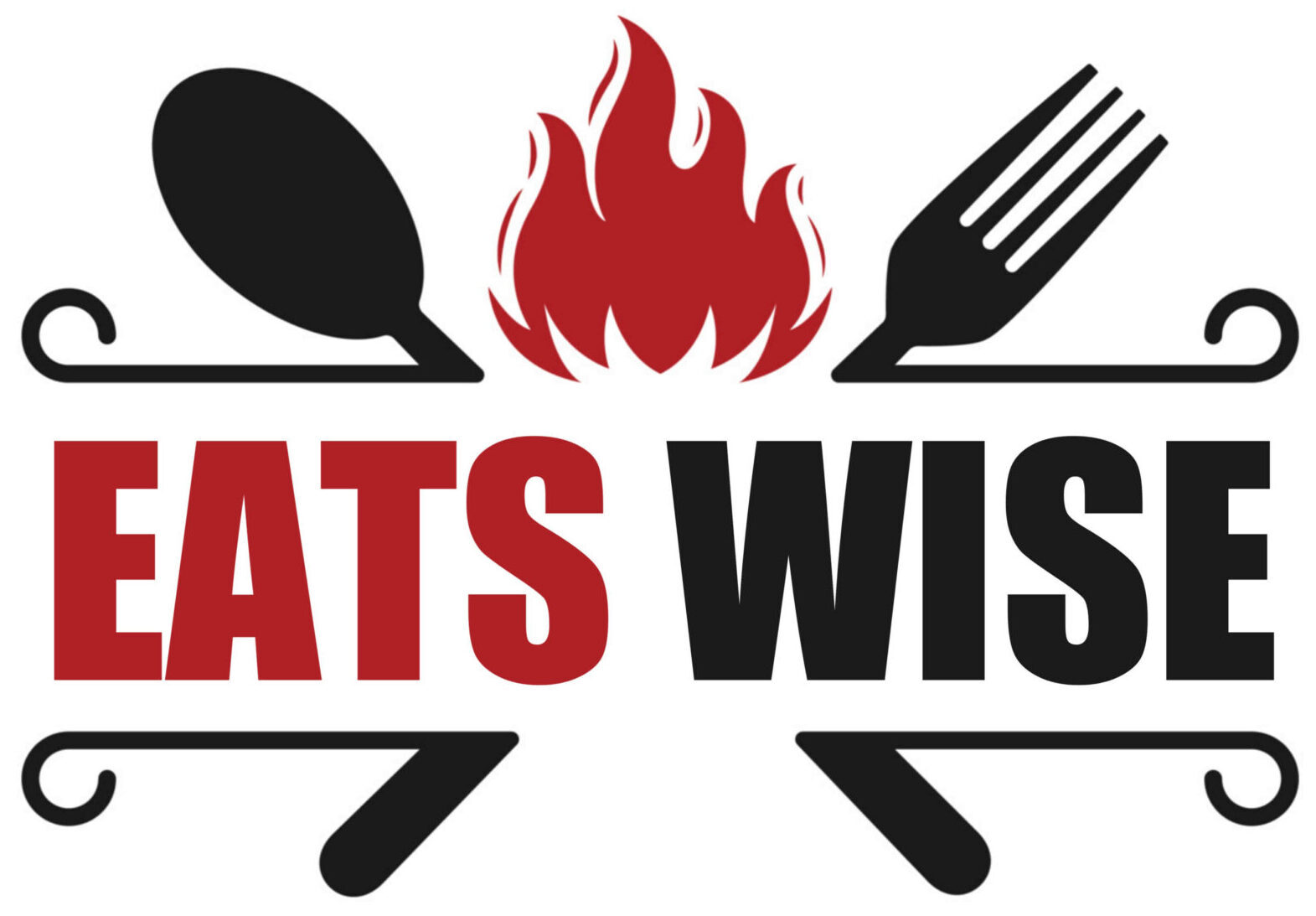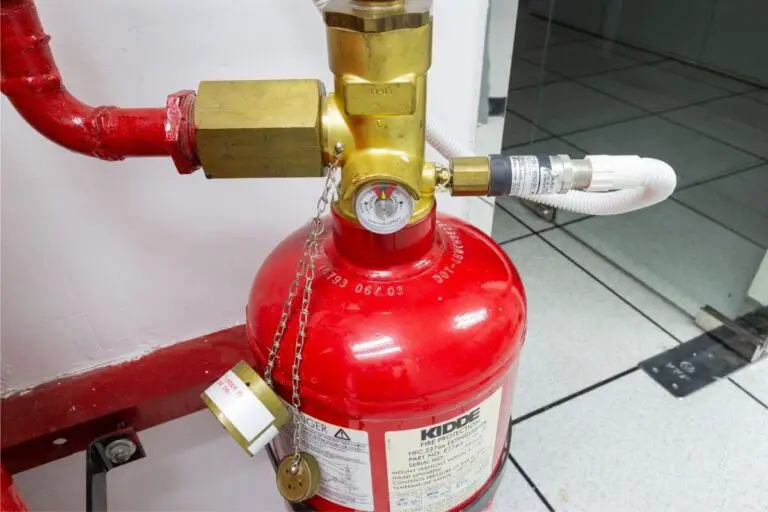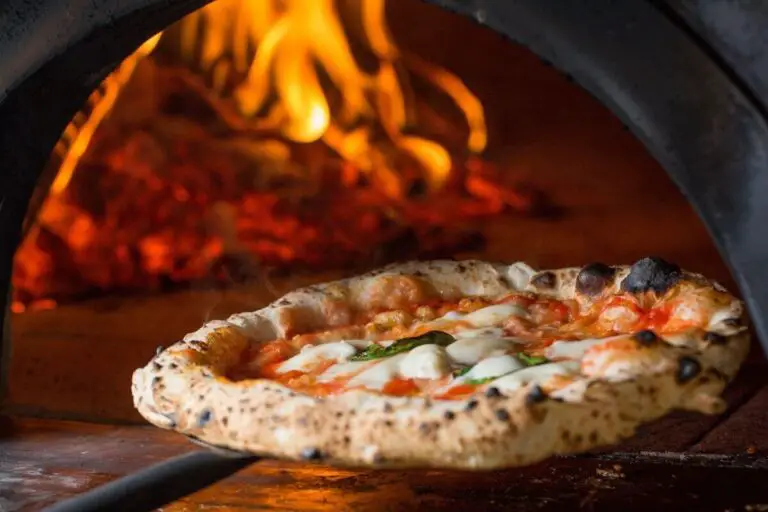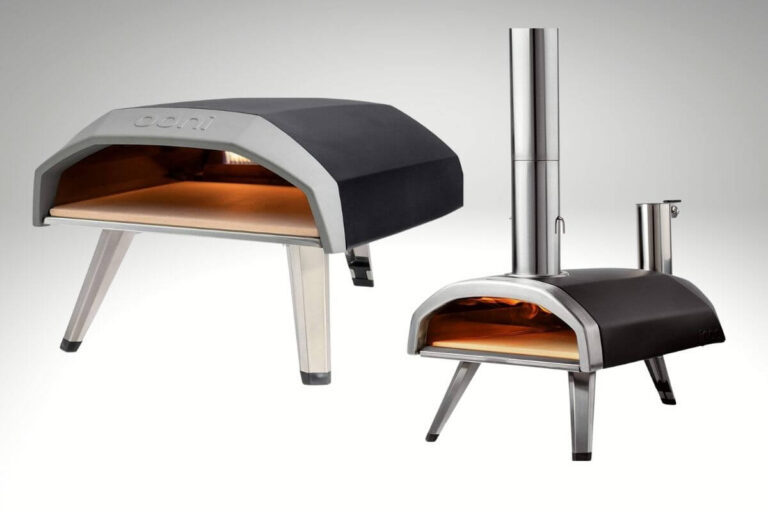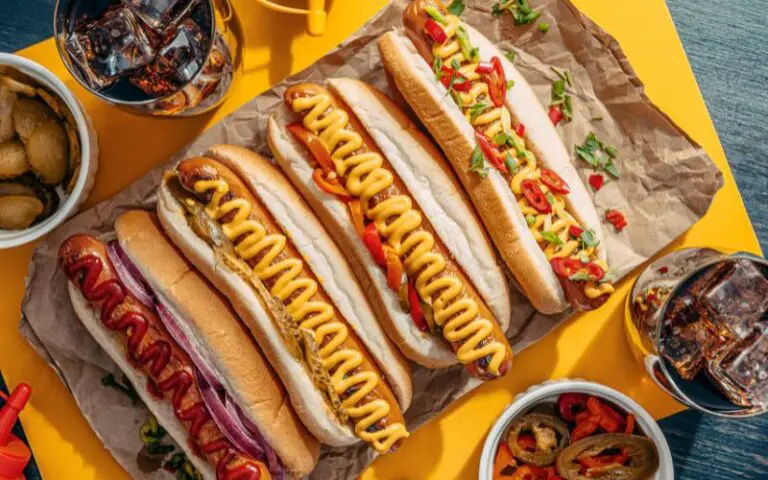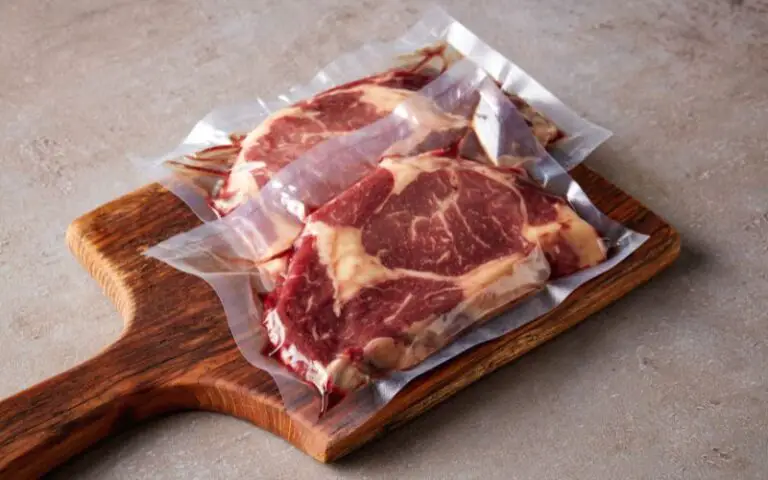What is An Unacceptable Material For A Cutting Board?
Last updated on October 26th, 2022 at 05:19 pm
A good cutting board is a staple in every kitchen. Your kitchen can’t be complete without a quality cutting board.
However, you must be extra careful in choosing a cutting board suitable for your everyday chopping task.
Since you would be using it over time, you may want to go for a durable one that is solid but also relatively soft enough to take the brunt of your knife without dulling it.
Glass is not a good surface for cutting because it has little to no resistance. Glass boards dull the blades of knives and put you at risk of cuts from its slippery surface. They also shatter if dropped, causing food wastage and a high risk of injury from the shards.
What Makes a Cutting Board Toxic?
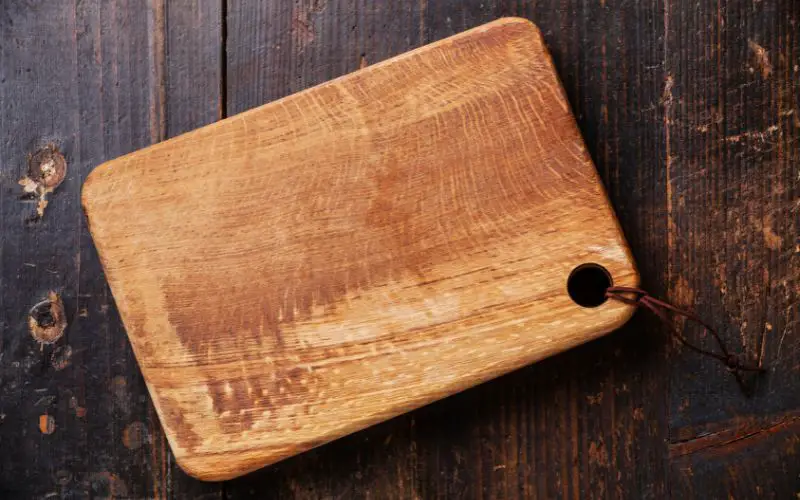
Using unrefined petroleum-based mineral oil will make your cutting board unsafe for use.
According to the EWG, these finishes can cause serious harm to your eyes, lungs, liver, and kidneys.
Although these finishes help maintain your cutting board’s durability, some contain chemicals that can cause food poisoning. So, keep this in mind when treating your cutting board.
Anything that comes in contact with your food can be a source of contamination and foodborne diseases, including a toxic chopping board.
Leaving your cutting board dirty often exposes it to bacteria, most of which cause illnesses and food spoilage.
Killing these bacteria isn’t easy. And so, you may resort to killing them with chemicals.
However, there are non-toxic natural finishes that kill bacteria and also help in reducing moisture retention from knife grooves.
Vinegar, lemon juice, and coarse salt are great examples. Also, a cutting board’s toxicity depends on the material that you buy your board in.
For instance, a wooden cutting board puts you at a higher risk of cross-contamination.
What is the Best Material for Cutting Boards?
Wood is the best choice for a cutting board. It is dense but yields easily and can withstand daily use without causing any damage to the edges of your knife.
There are many types of wood and various benefits to using wood for cutting boards.
Not only are these woods naturally strong and resilient, but some also display self-healing properties from the constant usage of blades on their surface.
In a study at the University of Wisconsin, food poisoning bacteria were left on different surfaces.
These cutting surfaces they make from seven types of trees and four types of plastic. All seven wooden boards outperformed the plastic.
The study proved that wooden cutting boards are the best for food preparation.
You may want to purchase a plastic cutting board because of its durability, value, sustainability, etc. But, I’ll advise you not to.
Below are the differences between wooden and plastic cutting boards:
| Wood | Plastic |
|---|---|
| They’re durable and more impact resistant. | They are lightweight and don’t last as long. |
| They are products of hard and dense materials. | They damage easily. |
| Deep scars on their surface can be salvaged by sanding. | Their cuts harbor bacteria necessitating regular replacement. |
| You can clean their surfaces with natural finishes. | Sanitizing is more difficult, especially because bacteria reside in scarring areas. |
The above table clearly shows why a wooden board is an essential tool for your kitchen than plastic.
Also, a study was done by UC Davis researcher Dean Otis Cliver in the 1980s. This research was to investigate if plastic cutting boards were safer.
It proved that wooden chopping boards spread fewer bacteria than plastic ones. So, you should stick to them.
Can any Piece of Wood be a Cutting Board?
Not all wood makes for good cutting boards. It is good for you to know the best wood species that are ideal for food preparation.
Therefore, when purchasing a cutting board, remember that certain wood types make better boards than others.
You should also consider the type of food you’ll prepare before deciding what wood you want to use in making your chopping board.
Some attributes you also have to consider before deciding on the wood you would like to use for your cutting board are:
#1. Hardness Rating
Hardwood cutting boards will easily dull your cutting edge. Also, one made from softwood will absorb any liquids that pour on the surface.
Therefore, your cutting board should be in the optimal range of the Janka range of 900 to 1500 for it to be considered acceptable.
As a reference point, consider the Hard Maple, which has a density of 1450. It is an ideal cutting board for the top end.
#2. Porosity
Some tree species have more closed pores, making them better suitable for cutting boards than others.
Closed grain woods (pores invisible to the human eyes) keep liquids and bacteria from entering them.
#3. Conditioning
Some woods shrink more than others. However, food-grade mineral oils like Clark’s cutting board oil can be applied to the wood to suppress its natural tendency to shrink, split, etc.
#4. Cost
Some people may go for low-quality wood cutting boards because of their price. How expensive it is depends on the wood used.
Rather than go for something low quality that wouldn’t last long, consider creating a DIY cutting board with this cutting board kit.
#5. Toxicity
Consider boards made with wood from edible fruits. Exotic woods like the Purple Heart, although attractive, should be avoided as its toxins can leach into the food you place on the board.
Various species of wood may likely make for elegant cutting boards.
But, it would be ideal for you to pick one moderately hard and dense rather than go for softwoods.
So, from the above attributes, you will find a short list of woods ideal for cutting boards below:
#6. The Hard Maple (Specifically the Rock Maple or Sugar Maple)
Hard or soft maple makes excellent chopping boards. But the hardwood of 1,450 Janka scale is the standard industry cutting board maker.
#7. Walnut
Although the softest of the hardwoods, walnut is unlikely to dull a knife. It will also shrink less than maple or beech, despite being softer than both.
#8. Beech
It has strong impact resistance, and only the hard maple can outperform it.
Its porosity is nearly as effective as the beech in warding off bacteria, moisture, etc.
#9. Teak
Teak will hold up better to impact and scratches than walnut but less so than hard maple or beech. It is less likely to shrink than maple, walnut, or beech.
Are Acrylic Cutting Boards Hygienic?
Acrylic chopping boards are hygienic depending on your maintenance of it.
Non-porous acrylic boards can be washed and cleaned regularly. You can sanitize them with non-toxic finishes and wash them in a dishwasher.
Though it might not be ideal for a cutting board, you won’t have to worry about bacteria penetrating its surface.
Unlike wood, acrylic is non-porous and, as such, doesn’t require regular oiling to remain waterproof.
It’s also a better choice when processing anything that might cross-contaminate with your raw veggies.
In other words, they’re good for cutting up raw meat and chopping your chocolates without fear of picking up any lingering residue from previous tasks. However, Acrylic boards tend to wear over time.
So, once you notice that your board is becoming worn and developing excessive scarring that is hard to clean, it’s time to discard them.
Conclusion
To make cooking more enjoyable and seamless, you should choose a board that is sturdy, fit for chopping, and reliable.
Never use chemicals on their surfaces, no matter the material, as it will cause serious damage to your food and health.
The hard maple is always a good choice for a chopping board as it provides an excellent cutting surface.
